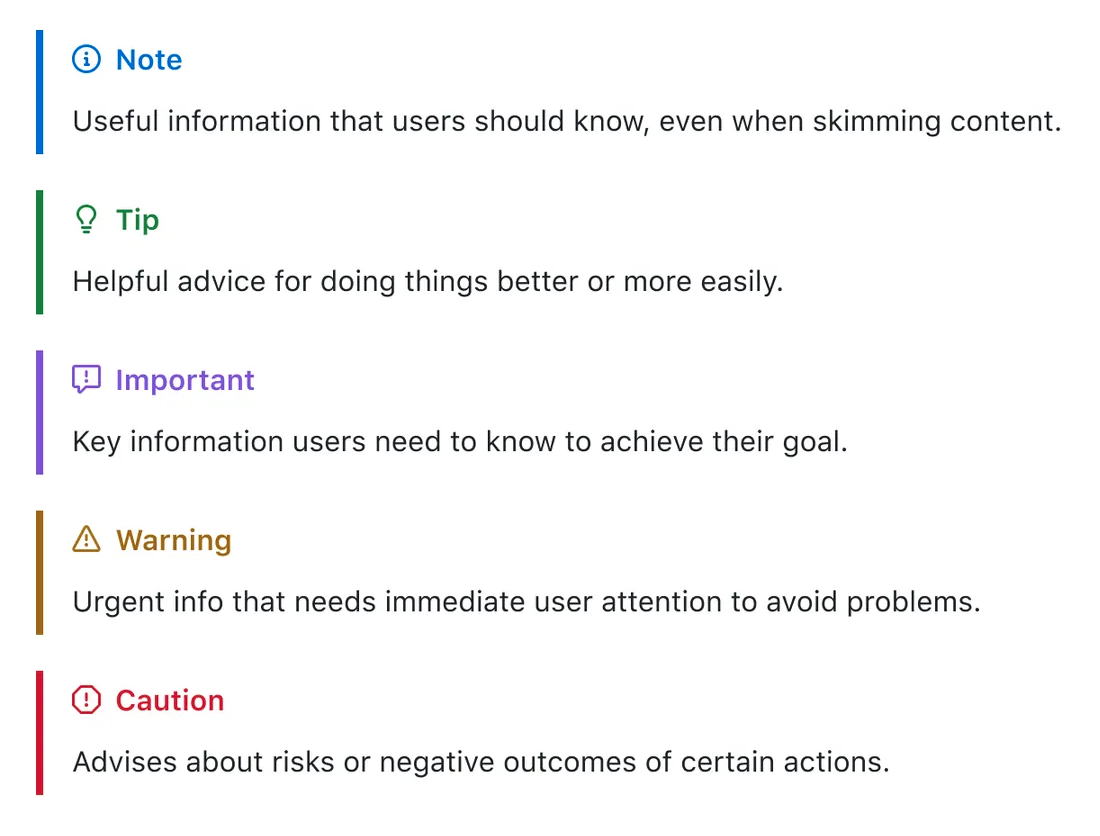TIL - How to force a specific version of SAP UI5 when running Fiori preview in a CAP project
Today I was running a very simple CAP service, which is part of the Service integration with SAP Cloud Application Programming model CodeJam. When running the Fiori preview for an entity, I was always getting an error message in the console: TypeError: o.intersection is not a function. This error was being raised by the Fiori preview independent of the entity that I was trying to preview. That made me thing that the issue was not with the entity but with the Fiori preview itself.




